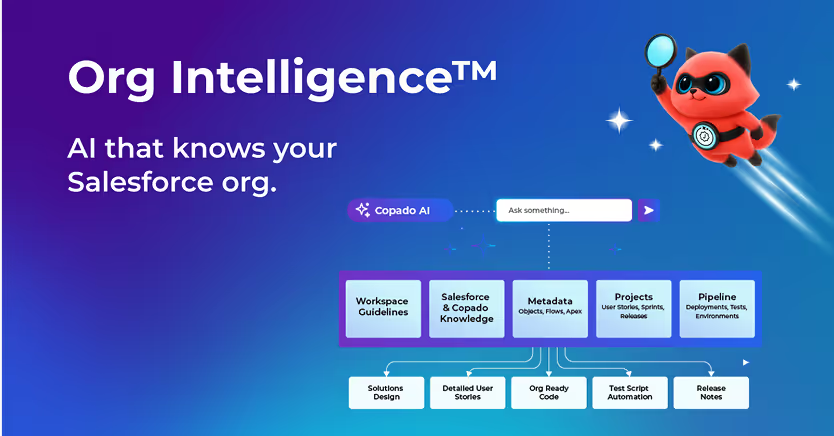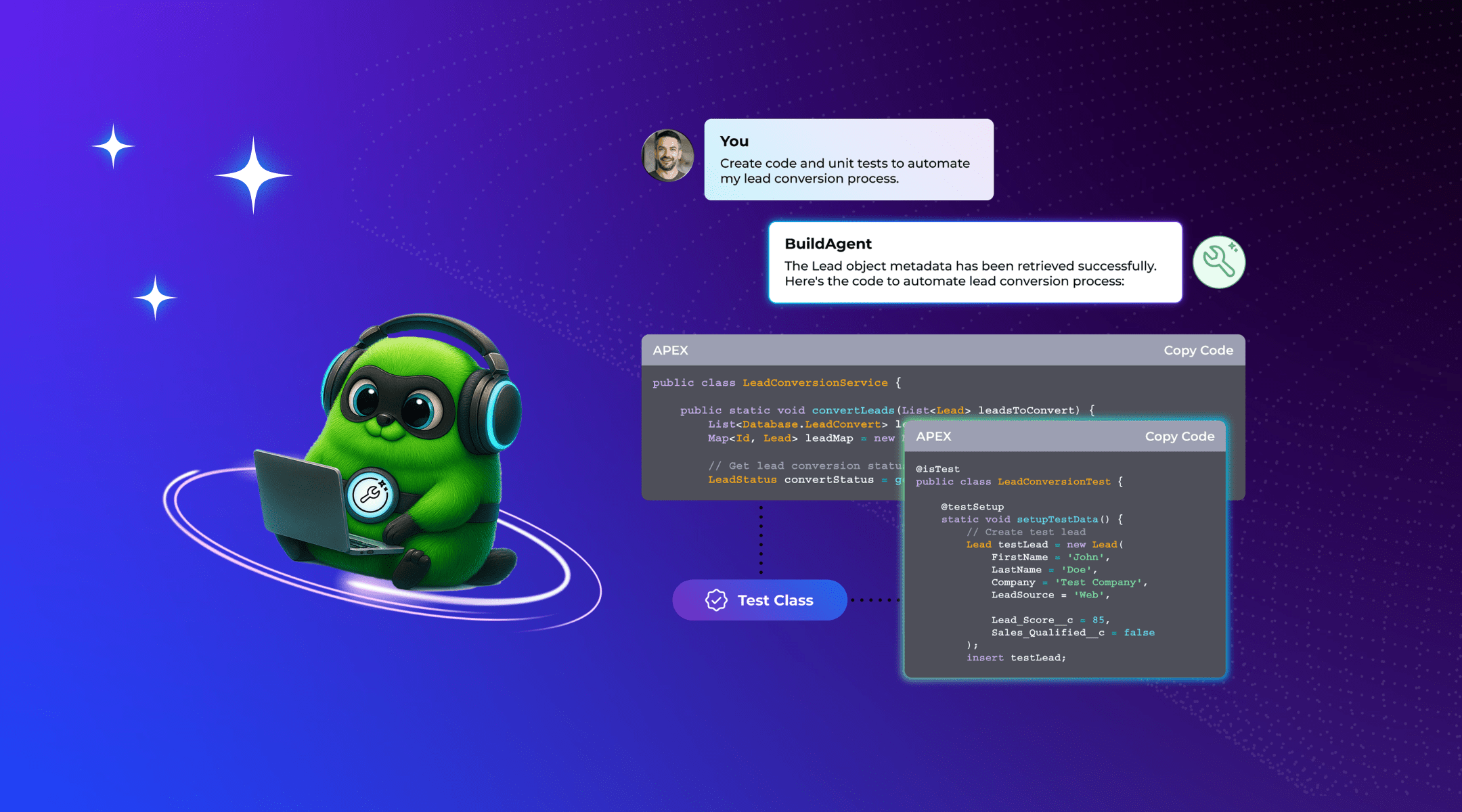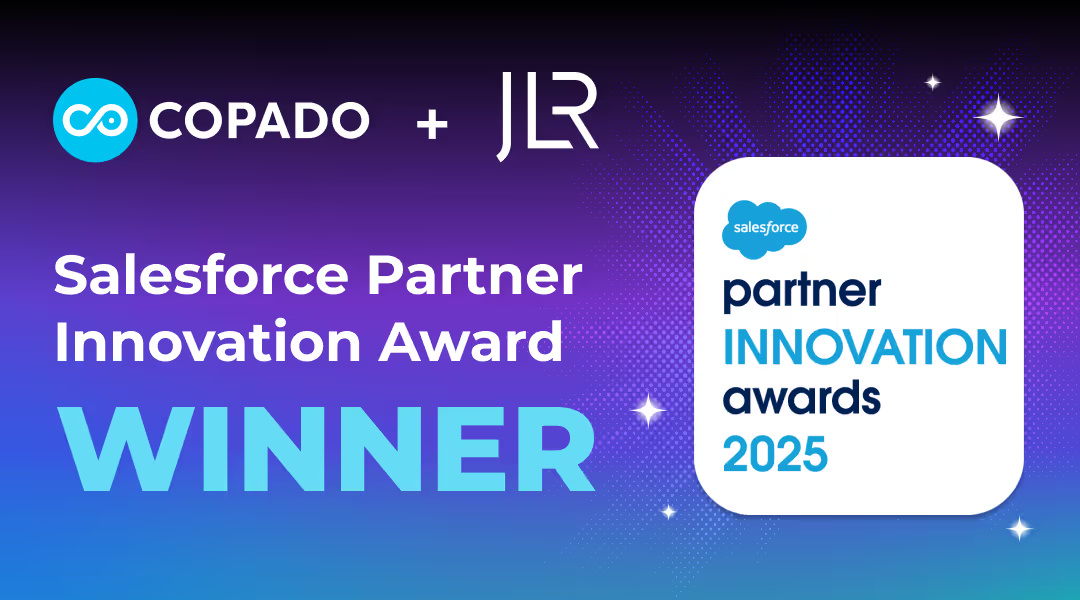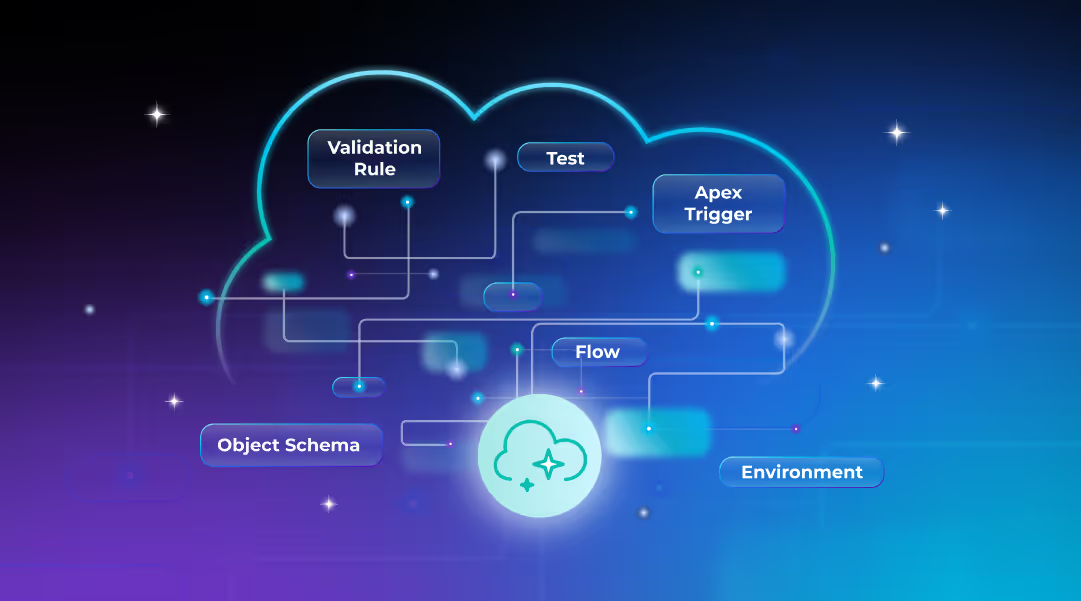The term “cloud native” gets thrown around a lot, but there tends to be some confusion over what it actually means. When you build a cloud native infrastructure, you can’t simply migrate your existing servers, applications, and workloads to the cloud and expect everything to work the same way. Instead, you design everything specifically for the cloud so you can take full advantage of the flexibility and scalability of cloud computing.
Therefore when you look at cloud security tools for cloud native infrastructures, you also need to focus on cloud-specific solutions. Trying to shoehorn your cloud ecosystem into your existing on-premises or colocation security solutions almost guarantees that you’ll leave critical gaps in your cloud security perimeter. With that in mind, here are some of the best cloud security tools designed to protect cloud native infrastructures.
Top Cloud Security Tools for Cloud Native Infrastructures
You might assume that cloud security tools are just cloud- or service-based versions of the same appliances and solutions you use to protect your on-premises network – things like firewalls and intrusion detection systems (IDS). While these network security staples are important for your cloud native infrastructure, there are additional cloud-specific tools that deliver these same features through innovative, cloud-focused solutions.
Cloud Access Security Broker (CASB)
A cloud access security broker, or CASB, is essentially a software gatekeeper that sits between your on-premises infrastructure and your cloud infrastructure. A CASB allows you to extend your enterprise security policies to your cloud services, applications, data, and traffic and apply appropriate security controls.
CASBs work by automatically discovering and tracking your cloud applications, services, and users and identifying key risk factors. They then use a variety of features and methods to enforce your security policies and protect your cloud native infrastructure, including:
- Firewalls to inspect the traffic flowing between your enterprise and the cloud and prevent viruses or other malware from infecting your network.
- Data loss prevention (DLP) to prevent unauthorized access or transfer of sensitive information.
- User behavior analytics to identify suspicious behavior on your infrastructure that might indicate a breach or attack.
- Single sign-on (SSO) integration with identity and access management (IAM) tools so users can access cloud resources with the same account, permissions, and credentials they use on your enterprise network.
Cloud Workload Protection Platform (CWPP)
A cloud workload protection platform (CWPP) is, as the name implies, a solution designed to protect cloud environments at the workload level. Instead of looking at the big picture – creating a large security perimeter around your entire cloud environment – CWPP shrinks its focus down to the individual workloads at risk and provides the security controls needed to protect them.
If you’ve heard of zero trust security, this concept may sound familiar to you. CWPP, like zero trust, relies on microsegmentation, which divides your cloud infrastructure into smaller network segments. This allows your CWPP cloud security tool to assess the vulnerabilities of each segment and apply the precise access policies and security controls that provide the best protection.
Cloud Security Posture Management (CSPM)
Cloud security posture management (CSPM) is a cloud security tool that automatically identifies misconfigurations, security risks, and compliance issues with your cloud applications and APIs (application programming interfaces). A CSPM automatically monitors your cloud applications across multiple platforms, including your infrastructure as a service (IaaS), platform as a service (PaaS), and software as a service (SaaS) solutions.
Misconfigurations are one of the biggest threats to your cloud security. A CSPM enables you to automatically detect and remediate configuration issues so you can keep your cloud infrastructure safe. In addition, a CSPM can monitor for compliance with data privacy regulations and conformance with cloud security standards.
Some of the features provided by cloud security posture management tools include:
- Continuous real-time monitoring
- Automatic policy violation detection, notification, and remediation
- Real-time cloud data risk analysis
The biggest benefit of a CSPM is that it applies these features to applications across your entire cloud infrastructure, including service-based and multi-cloud architectures. As an added bonus, CSPM tools can integrate with your CASB to provide a more comprehensive cloud security solution.
Cloud Infrastructure Entitlement Management (CIEM)
Cloud infrastructure entitlement management (CIEM), also known as cloud entitlements management (CEM) or cloud permissions management (CPM), is used to manage identities and privileges across cloud infrastructure. CIEM solutions use the principle of least privilege to limit the access privileges given to any individual account.
CIEM cloud security tools use machine learning and other analytics tools to assess account entitlements for security risks. For example, a CIEM might notice that a single account is accumulating too many privileges, something that commonly happens with a long-time sysadmin or a jack-of-all-trades service account but which allows too much lateral movement on your network. A CIEM can automatically detect these issues and remediate them by, for instance, splitting privileges across multiple accounts.
Protect Your Cloud Native Infrastructure with Innovative Cloud Security Tools
Your cloud native architecture requires new and innovative cloud security tools to ensure you can take advantage of the benefits of a cloud-based infrastructure without sacrificing security. For example, your DevOps teams need automated security and testing tools that integrate with SaaS, container orchestration, and other cloud platforms to provide complete security and compliance coverage. Copado’s Low-Code DevOps tool for SaaS applications works across your entire cloud infrastructure, giving you a centralized solution for managing development, testing, and security.












.svg)
.svg)

.png)

.svg)








.avif)













%20Data%20to%20Me_BLOG_1080x600.avif)






.avif)

































.avif)







.avif)



.avif)

























%20(1).png)
.png)
.png)

.avif)


.svg)
